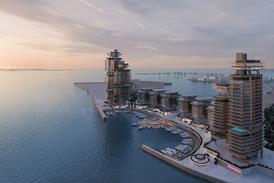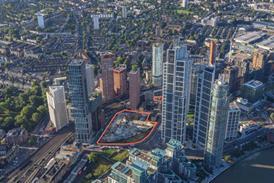- Home
- Intelligence for Architects
- Subscribe
- Jobs
- Events

2025 events calendar Explore now 
Keep up to date
Find out more
- Programmes
- CPD
- More from navigation items
Liam O’Connor named winner of the 2025 Driehaus prize

British architect recognised for work on traditional civic buildings and war memorials
Architect Liam O’Connor has been named the 2025 winner of the Richard H. Driehaus Prize at the University of Notre Dame.
The prize, established in 2003, is awarded annually to an architect whose work is considered to embody classical and traditional principles in contemporary practice. The jury noted O’Connor’s memorial designs as a defining feature of his portfolio, highlighting their integration into urban and rural contexts and the attention given to landscape, fine art, and construction details.
The jury cited his body of work in traditional public and private buildings, as well as civic monuments, stating that his projects “project grace and beauty” while expressing “the shared emotions and cultural expectations of their audiences.”
…
This content is available to registered users | Already registered?Login here
You are not currently logged in.
To continue reading this story, sign up for free guest access
Existing Subscriber? LOGIN
REGISTER for free access on selected stories and sign up for email alerts. You get:
- Up to the minute architecture news from around the UK
- Breaking, daily and weekly e-newsletters
Subscribe to Building Design and you will benefit from:

- Unlimited news
- Reviews of the latest buildings from all corners of the world
- Technical studies
- Full access to all our online archives
- PLUS you will receive a digital copy of WA100 worth over £45
Subscribe now for unlimited access.






